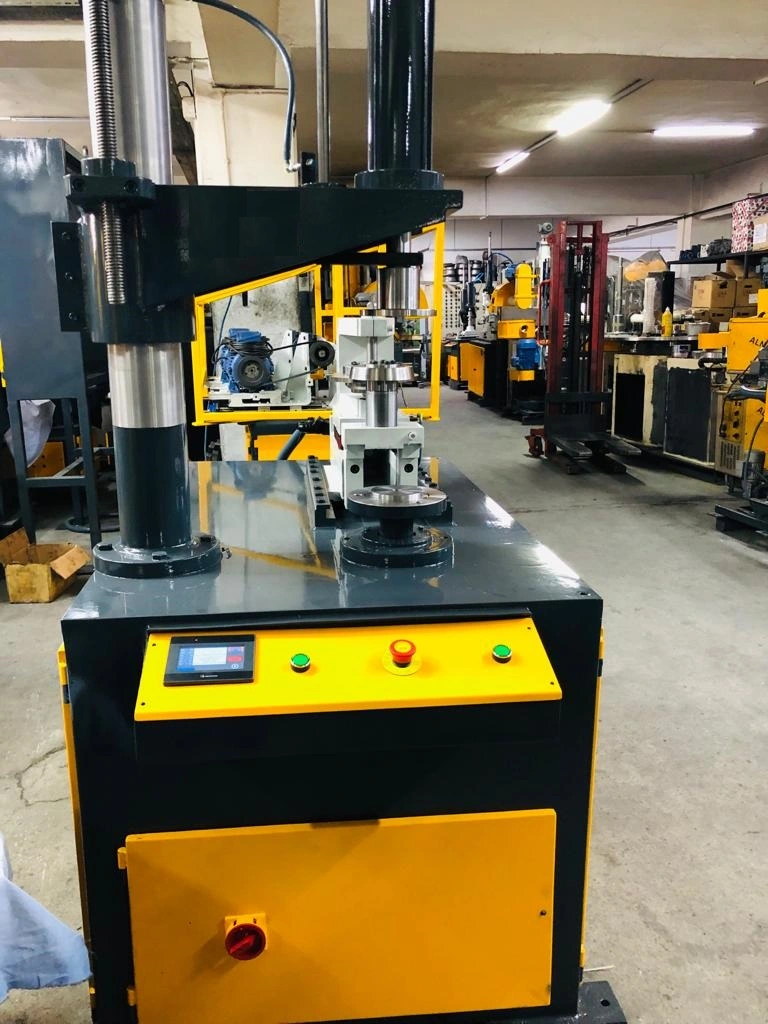
We manufacture a Metal Edge Rounding Machine to round the sheet metal edges. These machines are used in metalworking industries
A metal edge rounding machine is a specialized equipment used to round the edges of metal workpieces, such as sheets, plates, or profiles. It is designed to remove sharp edges, burrs, and create a smooth, rounded profile on the edges of metal components. Here are some common types of metal edge rounding machines:
- Belt Edge Rounding Machines: Belt edge rounding machines use abrasive belts to round the edges of metal workpieces. The workpiece is fed through the machine, and the rotating abrasive belt comes into contact with the edges, gradually removing sharp corners and burrs while imparting a rounded profile. These machines often have adjustable belt tension, speed controls, and multiple abrasive belts to achieve different edge rounding results.
- Disc Edge Rounding Machines: Disc edge rounding machines utilize rotating abrasive discs to round the edges of metal workpieces. The workpiece is guided along the edge, and the rotating discs remove sharp edges and burrs, resulting in a rounded profile. These machines can have multiple discs with varying abrasive grits to achieve different levels of edge rounding.
- Brush Edge Rounding Machines: Brush edge rounding machines employ rotating abrasive brushes to round the edges of metal workpieces. The workpiece is passed through the machine, and the rotating brushes make contact with the edges, effectively removing sharp corners and burrs while creating a smooth, rounded edge. These machines can use different types of brushes with various abrasive bristle materials to achieve the desired edge rounding effect.
- CNC Edge Rounding Machines: CNC edge rounding machines are computer-controlled machines that use precision cutting tools or brushes to perform automated edge rounding operations on metal workpieces. These machines can follow specific tool paths and be programmed with various edge rounding profiles to accommodate different workpiece shapes and sizes. CNC edge rounding machines offer high precision, repeatability, and versatility for complex edge rounding requirements.
Metal edge rounding machines can vary in size, configuration, and level of automation. When selecting a machine, consider factors such as the type and thickness of metal, desired edge rounding radius, production volume, and specific edge rounding requirements of your application. It’s important to choose a machine that can handle the size and type of metal workpieces you need to round, and ensure that it provides the necessary control and precision for achieving the desired edge rounding results.
Metal Edge Rounding Machine
Metal edge rounding machines are specialized tools designed to round off the sharp edges of metal sheets and components. These machines play a crucial role in various industries, including metal fabrication, automotive manufacturing, and construction, by enhancing safety, improving aesthetics, and ensuring smooth operation of metal parts.
Functions of Metal Edge Rounding Machines:
- Safety Enhancement: Sharp, protruding edges on metal parts pose a significant safety hazard, increasing the risk of cuts, lacerations, and injuries. Metal edge rounding machines effectively eliminate these hazards by rounding off the edges, creating a smooth and safe surface.
- Aesthetics Improvement: Rounded edges enhance the overall appearance of metal components, making them more aesthetically pleasing and visually appealing. This is particularly important for products intended for direct consumer use or those that require a polished, professional finish.
- Functional Optimization: Rounded edges can prevent snagging, tearing, or abrasion of materials that come into contact with the metal part. This is crucial in applications where smooth and unobstructed movement is essential, such as in conveyor belts, machinery components, and packaging materials.
Types of Metal Edge Rounding Machines:
- Abrasive Belt Rounding Machines: These machines utilize rotating abrasive belts to gradually grind and smooth the edges of metal parts. They are suitable for processing a wide range of materials, including steel, aluminum, and stainless steel.
- Milling Rounding Machines: These machines employ milling cutters to precisely round off edges, offering high precision and control over the rounding process. They are particularly well-suited for intricate shapes and tight tolerances.
- Roll Forming Rounding Machines: These machines use a series of rollers to gradually bend and shape the edges of metal parts, creating a smooth, rounded profile. They are ideal for processing large, flat sheets of metal efficiently.
Benefits of Using Metal Edge Rounding Machines:
- Enhanced Safety: Eliminates sharp, hazardous edges, reducing the risk of injuries.
- Improved Aesthetics: Enhances the appearance of metal components for a more polished look.
- Optimized Functionality: Prevents snagging, tearing, or abrasion, ensuring smooth operation.
- Increased Productivity: Automates the rounding process, saving time and labor costs.
- Consistent Quality: Ensures uniform rounding across various parts, maintaining product quality.
Overall, metal edge rounding machines are valuable assets in various industries, promoting safety, enhancing aesthetics, and optimizing the functionality of metal components. Their ability to automate the rounding process and ensure consistent quality makes them essential tools for efficient and reliable production.
Belt Edge Rounding Machines
Belt edge rounding machines are specialized equipment used to round the edges of metal workpieces using abrasive belts. These machines are commonly used in metal fabrication, manufacturing, and finishing processes to remove sharp edges, burrs, and create a smooth, rounded profile. Here are some key features and benefits of belt edge rounding machines:
- Abrasive Belt System: Belt edge rounding machines feature a conveyor belt system with abrasive belts that rotate at high speeds. The abrasive belts come into contact with the edges of the workpiece, removing material and rounding the edges.
- Adjustable Belt Tension and Speed: Belt tension and speed can be adjusted on these machines to achieve the desired level of edge rounding. Higher belt tension and speed result in more aggressive material removal, while lower settings offer finer finishing.
- Versatility: Belt edge rounding machines can work with various types of metals, including steel, stainless steel, aluminum, brass, and more. They can handle different thicknesses and shapes of workpieces, making them suitable for a wide range of applications.
- Consistent Edge Rounding: Belt edge rounding machines ensure consistent and uniform edge rounding throughout the entire workpiece. The rotating abrasive belts provide continuous contact with the edges, resulting in a smooth and even rounded profile.
- Quick and Efficient Operation: These machines offer fast and efficient edge rounding capabilities, allowing for high production volumes. They can process multiple workpieces simultaneously, reducing overall processing time.
- Customizable Edge Rounding Profiles: Belt edge rounding machines can be equipped with different types of abrasive belts, enabling the creation of various edge rounding profiles. By selecting specific belt types and grit sizes, operators can achieve different levels of edge rounding, from light deburring to more aggressive rounding.
- Dust Extraction System: Belt edge rounding machines often include a dust extraction system to remove the generated dust and debris. This helps maintain a clean working environment and ensures proper visibility during the operation.
- Easy Maintenance: These machines typically have user-friendly designs that allow for easy maintenance and belt replacement. Regular maintenance ensures optimal performance and extends the machine’s lifespan.
When selecting a belt edge rounding machine, consider factors such as the required edge rounding radius, material type and thickness, desired production volume, and specific application requirements. Additionally, ensure that the machine is equipped with necessary safety features and complies with relevant industry standards.
Disc Edge Rounding Machines
Disc edge rounding machines are specialized equipment used to round the edges of metal workpieces using rotating abrasive discs. These machines are designed to remove sharp edges, burrs, and create a smooth, rounded profile on the edges of metal components. Here are some key features and benefits of disc edge rounding machines:
- Rotating Abrasive Discs: Disc edge rounding machines feature one or more rotating abrasive discs that come into contact with the edges of the workpiece. These abrasive discs remove material and round the edges as the workpiece is guided along the disc’s surface.
- Adjustable Disc Speed and Pressure: The disc speed and pressure can be adjusted on these machines to achieve the desired level of edge rounding. Higher disc speed and pressure result in more aggressive material removal, while lower settings provide finer finishing.
- Multiple Disc Configurations: Some disc edge rounding machines feature multiple discs arranged in a series or parallel configuration. This allows for more efficient edge rounding by simultaneously working on multiple edges or adjusting the discs for specific workpiece shapes.
- Versatility: Disc edge rounding machines can handle various types of metals, including steel, stainless steel, aluminum, brass, and more. They can accommodate different workpiece sizes, shapes, and thicknesses, making them suitable for a wide range of applications.
- Consistent Edge Rounding: Disc edge rounding machines provide consistent and uniform edge rounding throughout the entire workpiece. The rotating abrasive discs maintain continuous contact with the edges, ensuring a smooth and even rounded profile.
- Quick and Efficient Operation: These machines offer fast and efficient edge rounding capabilities, enabling high production volumes. The rotating discs, combined with the guided movement of the workpiece, result in efficient material removal and reduced processing time.
- Customizable Edge Rounding Profiles: Disc edge rounding machines can be equipped with different types of abrasive discs, allowing for the creation of various edge rounding profiles. By selecting specific disc types and grit sizes, operators can achieve different levels of edge rounding, from light deburring to more aggressive rounding.
- Dust Extraction System: To maintain a clean working environment and ensure proper visibility, disc edge rounding machines often include a dust extraction system. This helps remove the generated dust and debris during the operation.
- Easy Maintenance: These machines typically have user-friendly designs that facilitate easy maintenance and disc replacement. Regular maintenance ensures optimal performance and extends the machine’s lifespan.
When choosing a disc edge rounding machine, consider factors such as the required edge rounding radius, material type and thickness, desired production volume, and specific application requirements. Additionally, ensure that the machine is equipped with necessary safety features and complies with relevant industry standards.
Brush Edge Rounding Machines
Brush edge rounding machines are specialized equipment used to round the edges of metal workpieces using rotating abrasive brushes. These machines are designed to remove sharp edges, burrs, and create a smooth, rounded profile on the edges of metal components. Here are some key features and benefits of brush edge rounding machines:
- Rotating Abrasive Brushes: Brush edge rounding machines feature one or more rotating abrasive brushes that come into contact with the edges of the workpiece. These abrasive brushes remove material and round the edges as the workpiece is guided along the brush surface.
- Adjustable Brush Speed and Pressure: The brush speed and pressure can be adjusted on these machines to achieve the desired level of edge rounding. Higher brush speed and pressure result in more aggressive material removal, while lower settings provide finer finishing.
- Different Brush Types and Materials: Brush edge rounding machines can be equipped with various types of abrasive brushes, including wire brushes, nylon brushes, or abrasive impregnated brushes. These brushes can have different bristle materials and configurations to achieve specific edge rounding requirements.
- Versatility: Brush edge rounding machines can work with various types of metals, including steel, stainless steel, aluminum, brass, and more. They can accommodate different workpiece sizes, shapes, and thicknesses, making them suitable for a wide range of applications.
- Consistent Edge Rounding: Brush edge rounding machines provide consistent and uniform edge rounding throughout the entire workpiece. The rotating abrasive brushes maintain continuous contact with the edges, ensuring a smooth and even rounded profile.
- Quick and Efficient Operation: These machines offer fast and efficient edge rounding capabilities, enabling high production volumes. The rotating brushes, combined with the guided movement of the workpiece, result in efficient material removal and reduced processing time.
- Customizable Edge Rounding Profiles: Brush edge rounding machines can use different types of abrasive brushes with varying bristle materials and configurations. This allows for the creation of various edge rounding profiles, from light deburring to more aggressive rounding.
- Dust Extraction System: To maintain a clean working environment and ensure proper visibility, brush edge rounding machines often include a dust extraction system. This helps remove the generated dust and debris during the operation.
- Easy Maintenance: These machines typically have user-friendly designs that facilitate easy maintenance and brush replacement. Regular maintenance ensures optimal performance and extends the machine’s lifespan.
When selecting a brush edge rounding machine, consider factors such as the required edge rounding radius, material type and thickness, desired production volume, and specific application requirements. Additionally, ensure that the machine is equipped with necessary safety features and complies with relevant industry standards.
CNC Edge Rounding Machines
CNC (Computer Numerical Control) edge rounding machines are advanced equipment used to automate the process of rounding the edges of metal workpieces. These machines utilize CNC technology to precisely control the cutting tools or abrasive brushes, resulting in accurate and consistent edge rounding. Here are some key features and benefits of CNC edge rounding machines:
- CNC Precision: CNC edge rounding machines offer high precision and accuracy in the edge rounding process. The CNC control system allows for precise positioning and movement of the cutting tools or abrasive brushes, ensuring consistent edge rounding results.
- Versatility: CNC edge rounding machines can work with various types of metals, including steel, stainless steel, aluminum, brass, and more. They can handle different workpiece sizes, shapes, and thicknesses, making them suitable for a wide range of applications.
- Automated Operation: These machines are fully automated, with the CNC control system executing pre-programmed instructions. Once the program is set up, the machine can run autonomously, reducing the need for manual intervention and increasing productivity.
- Programmable Edge Rounding Profiles: CNC edge rounding machines allow for the creation of complex edge rounding profiles. The CNC control system can be programmed to follow specific tool paths, enabling the machine to produce various edge rounding profiles with high accuracy.
- Multi-Axis Capability: CNC edge rounding machines often have multi-axis control, allowing for precise movement and positioning of the cutting tools or abrasive brushes. This enables the machine to round edges from different angles and directions, accommodating complex workpiece geometries.
- Customizable Settings: The CNC control system allows operators to adjust various parameters, such as tool speed, feed rate, and cutting depth, to achieve the desired edge rounding results. This flexibility allows for customization based on specific application requirements.
- High Production Efficiency: CNC edge rounding machines offer high production efficiency due to their automated operation and precise control. They can process multiple workpieces simultaneously or in quick succession, significantly reducing processing time.
- Easy Replication: Once a specific edge rounding program is created and tested, it can be easily replicated for subsequent workpieces. This ensures consistent edge rounding quality across multiple parts or batches.
- Integration with CAD/CAM Software: CNC edge rounding machines can often be integrated with CAD/CAM software, allowing for seamless transfer of design data and programming. This integration streamlines the programming and setup process, reducing manual input and potential errors.
When considering a CNC edge rounding machine, factors such as the required edge rounding radius, material type and thickness, desired production volume, and specific application requirements should be taken into account. Additionally, ensure that the machine is equipped with necessary safety features and complies with relevant industry standards.
Deburring Tool for Metal
https://www.youtube.com/embed/mMRmnQuYgjE?feature=oembedDeburring Tool for Metal
Deburring tools are essential for removing burrs, sharp edges, and imperfections from metal components. These tools are crucial for maintaining the safety, functionality, and aesthetics of metal products across various industries.
Types of Deburring Tools for Metal:
- Hand-Held Deburring Tools: These tools provide portability and convenient deburring for smaller metal parts or in situations where access is limited. Common hand-held deburring tools include:
- Files: Files with varying coarseness levels are effective for removing burrs and smoothing out rough edges on metal.
- Deburring Knives: Knives with rounded blades are specifically designed to trim and remove burrs from metal edges.
- Deburring Wheels: Deburring wheels with abrasive grit are effective for deburring metal edges.
- Power Deburring Tools: These tools offer greater efficiency and power for deburring larger metal components or in high-volume production. Examples include:
- Rotary Deburring Tools: Utilize rotating abrasive discs or belts to quickly remove burrs from metal parts.
- Sanders: Sanders with appropriate abrasive belts can be used for deburring and surface finishing of metal components.
- Stationary Deburring Machines: For high-precision deburring or deburring complex shapes, specialized stationary machines offer consistent and precise results. These machines may utilize rotating cutters, abrasive belts, or a combination of both.
- Ultrasonic Deburring Systems: For precision deburring of delicate metal parts or complex geometries, ultrasonic deburring offers a gentle and effective method.
Choosing the Right Deburring Tool for Metal
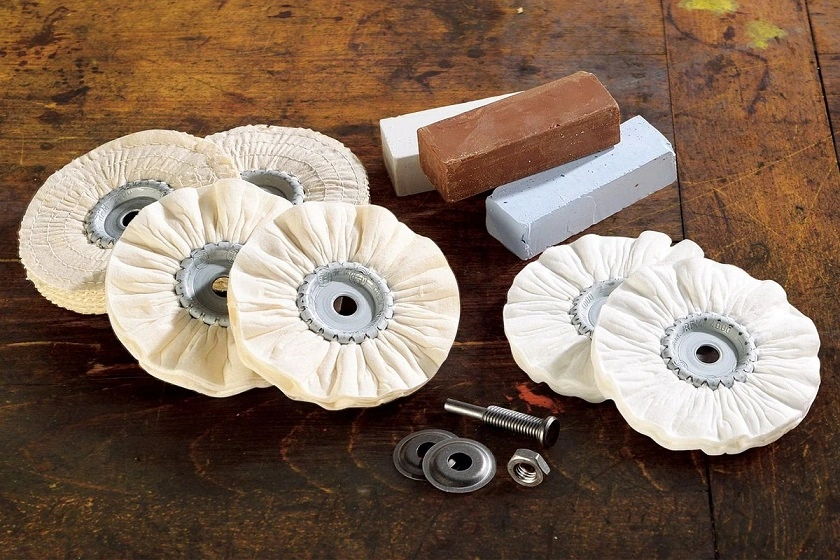
The choice of deburring tool for metal depends on several factors, including:
- Size and shape of the metal part: The tool should be able to accommodate the size and shape of the part comfortably.
- Material of the metal part: The abrasive material used in the tool should be compatible with the material of the part.
- Desired level of precision: The tool should be able to achieve the desired level of precision for the application.
- Production volume: If high-volume production is required, a stationary machine may be more efficient.
- Safety features: The tool should incorporate adequate safety features to protect the operator from potential hazards.
Benefits of Using Deburring Tools for Metal:
- Improved safety: Deburring tools can reduce the risk of injuries to operators by removing sharp edges and burrs.
- Improved functionality: Rounded edges can prevent snagging and protect other components from damage.
- Enhanced aesthetics: A smooth, burr-free surface improves the overall appearance of metal products.
- Increased efficiency: Power deburring tools and stationary machines can significantly reduce deburring time.
Applications of Deburring Tools for Metal:
- Automotive industry: Deburring car bodies, engine components, and other automotive parts.
- Aerospace manufacturing: Deburring precision metal components for aircraft and spacecraft.
- Construction: Deburring metal components for buildings, bridges, and other structures.
- Electronics manufacturing: Deburring metal components for circuit boards, electronic devices, and other electronics.
- Consumer goods manufacturing: Deburring metal components for appliances, furniture, and other consumer products.
Deburring tools play an essential role in maintaining the quality and safety of metal components across various industries. By effectively removing burrs and imperfections, deburring enhances the functionality, aesthetics, and overall value of metal products.
Metal deburring, grinding, and rounding are common applications in metalworking processes aimed at smoothing rough edges, removing burrs, and achieving a uniform finish on metal parts. Here’s a brief overview of each:
- Deburring: This process involves removing sharp edges or burrs left on metal parts after machining, cutting, or forming operations. It improves safety, functionality, and aesthetics of the parts.
- Grinding: Grinding is used to achieve precise dimensional control and surface finish. It involves using abrasive wheels or belts to remove material from a workpiece, often to prepare surfaces for further finishing or to achieve specific tolerances.
- Rounding: Rounding, also known as edge rounding, is done to soften sharp edges or corners on metal parts. It improves part handling, reduces the risk of injury, and can be aesthetically pleasing.
These processes are essential in various industries such as automotive, aerospace, manufacturing, and precision engineering, where metal parts must meet high standards of quality, safety, and performance.
- Deburring:
- Purpose: Deburring removes burrs, which are unwanted rough edges or protrusions on metal parts that result from machining, cutting, or forming processes.
- Methods: Deburring can be achieved through various methods such as manual deburring tools, abrasive stones, brushes, tumbling machines (vibratory or centrifugal), or chemical deburring solutions.
- Importance: Removing burrs improves the functional and aesthetic quality of metal parts. It also enhances safety by eliminating sharp edges that could cause injuries during handling or assembly.
- Grinding:
- Purpose: Grinding is used to achieve precise dimensional control, improve surface finish, and remove excess material from metal parts.
- Types: There are several types of grinding processes, including surface grinding, cylindrical grinding, centerless grinding, and internal grinding, each suited for specific part geometries and surface requirements.
- Equipment: Grinding machines use abrasive wheels (grinding wheels or belts) that rotate at high speeds to grind away material from the workpiece.
- Applications: Grinding is crucial for preparing surfaces for further finishing operations (such as polishing or plating), achieving tight tolerances, or removing defects like surface imperfections or weld seams.
- Rounding (Edge Rounding):
- Purpose: Rounding, or edge rounding, involves smoothing sharp edges or corners on metal parts.
- Methods: This can be done through mechanical methods like deburring tools with radius edges, vibratory or centrifugal tumbling processes with rounded media, or automated edge rounding machines.
- Benefits: Rounding improves part handling safety by reducing the risk of cuts or scratches. It also enhances the part’s appearance and can be critical for components that interact with other parts or personnel during assembly or use.
These processes are fundamental in metalworking industries where precision, quality, and safety are paramount. They ensure that metal parts meet exacting standards for functionality, durability, and aesthetics demanded by various applications, from automotive and aerospace to electronics and consumer goods manufacturing.
Deburring
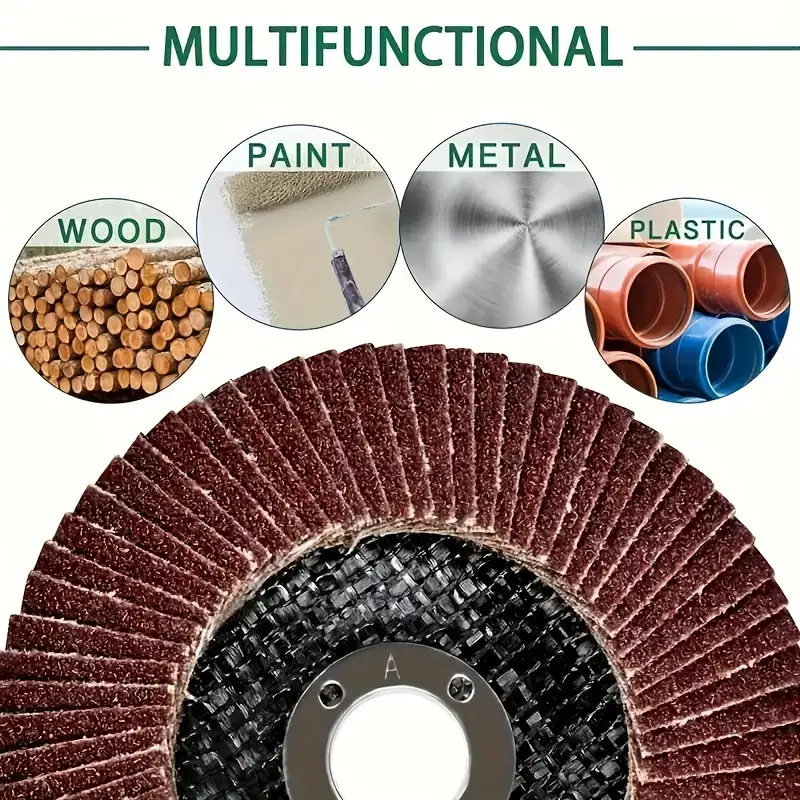
Deburring is a critical process in metalworking that involves the removal of burrs, which are unwanted rough edges or protrusions on metal parts. These burrs typically occur as a result of machining, cutting, or forming operations such as drilling, milling, stamping, or punching.
Importance of Deburring:
- Safety: Removing burrs eliminates sharp edges that can cause injuries during handling or assembly of parts.
- Functionality: Deburring ensures that parts fit together properly without interference from protrusions or rough edges.
- Aesthetics: Smooth edges improve the appearance of parts and enhance overall product quality.
- Performance: Burrs can affect the performance of moving parts or components that require precise tolerances.
Methods of Deburring:
- Manual Deburring Tools: Hand tools such as files, deburring knives, scrapers, or abrasive pads are used to manually remove burrs from small or intricate parts.
- Abrasive Stones and Brushes: Rotary tools equipped with abrasive stones or brushes can be used to remove burrs from larger or more accessible surfaces.
- Tumbling Machines: Vibratory or centrifugal tumbling machines use abrasive media (such as ceramic or plastic pellets) to deburr multiple parts simultaneously. This method is effective for small to medium-sized parts with complex geometries.
- Chemical Deburring: Chemical solutions or processes can be employed to selectively dissolve burrs, particularly in internal passages or complex shapes where mechanical methods may be challenging.
Deburring Considerations:
- Material Type: Different metals (e.g., aluminum, steel, titanium) require specific deburring techniques due to variations in hardness and machinability.
- Part Geometry: Deburring methods are chosen based on the size, shape, and accessibility of the burrs and the part itself.
- Quality Control: Inspecting parts after deburring ensures that all burrs are removed and that the part meets required specifications.
Deburring is essential in industries such as aerospace, automotive, electronics, and precision engineering, where high-quality, safe, and functional metal components are crucial.
Grinding
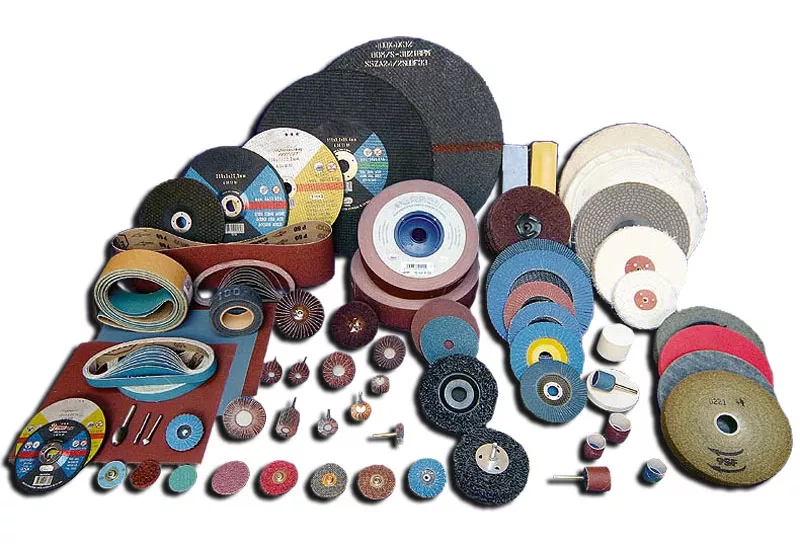
Grinding is a machining process used to remove material from a workpiece to achieve desired dimensions and surface finish. It is a versatile process widely used in various industries for both roughing and finishing operations on metal and other materials.
Purpose of Grinding
- Dimensional Control: Grinding allows for precise control over the dimensions of a workpiece, achieving tight tolerances that are difficult to achieve through other machining processes.
- Surface Finish: By using abrasive grains bonded into wheels or belts, grinding can produce smooth surfaces with low roughness values, enhancing the appearance and functionality of the parts.
- Material Removal: Grinding efficiently removes excess material, such as weld beads, casting flash, or stock material from forgings or billets, preparing the workpiece for subsequent operations.
Types of Grinding Processes:
- Surface Grinding: Involves grinding flat surfaces to achieve a smooth finish. It is commonly used for finishing hardened steel, cast iron, and similar materials.
- Cylindrical Grinding: Used to grind the outside diameter of cylindrical workpieces. It is ideal for creating precise roundness and surface finishes on shafts, rods, and other cylindrical components.
- Centerless Grinding: A type of cylindrical grinding where the workpiece is supported between two wheels: the grinding wheel and a regulating wheel. It is used for high-volume production of cylindrical parts with consistent dimensional accuracy.
- Internal Grinding: Grinding the inside diameter of a workpiece. It is used to create precise bores or holes with a smooth surface finish.
Equipment and Tools:
- Grinding Machines: Include surface grinders, cylindrical grinders, centerless grinders, and internal grinders, each designed for specific grinding applications.
- Grinding Wheels: Made from abrasive grains bonded together in various shapes and sizes. Types include aluminum oxide, silicon carbide, and diamond, each suited to different materials and applications.
Applications of Grinding:
- Manufacturing: Grinding is essential in the production of precision components for automotive, aerospace, medical devices, and consumer electronics.
- Tool and Die Making: Used for sharpening cutting tools and dies to maintain sharp edges and precise dimensions.
- Repair and Maintenance: Grinding is also employed for repairing worn or damaged parts by restoring their original dimensions and surface finish.
Grinding is a fundamental machining process that plays a crucial role in achieving the required dimensional accuracy, surface quality, and overall performance of metal parts in modern manufacturing.
Rounding
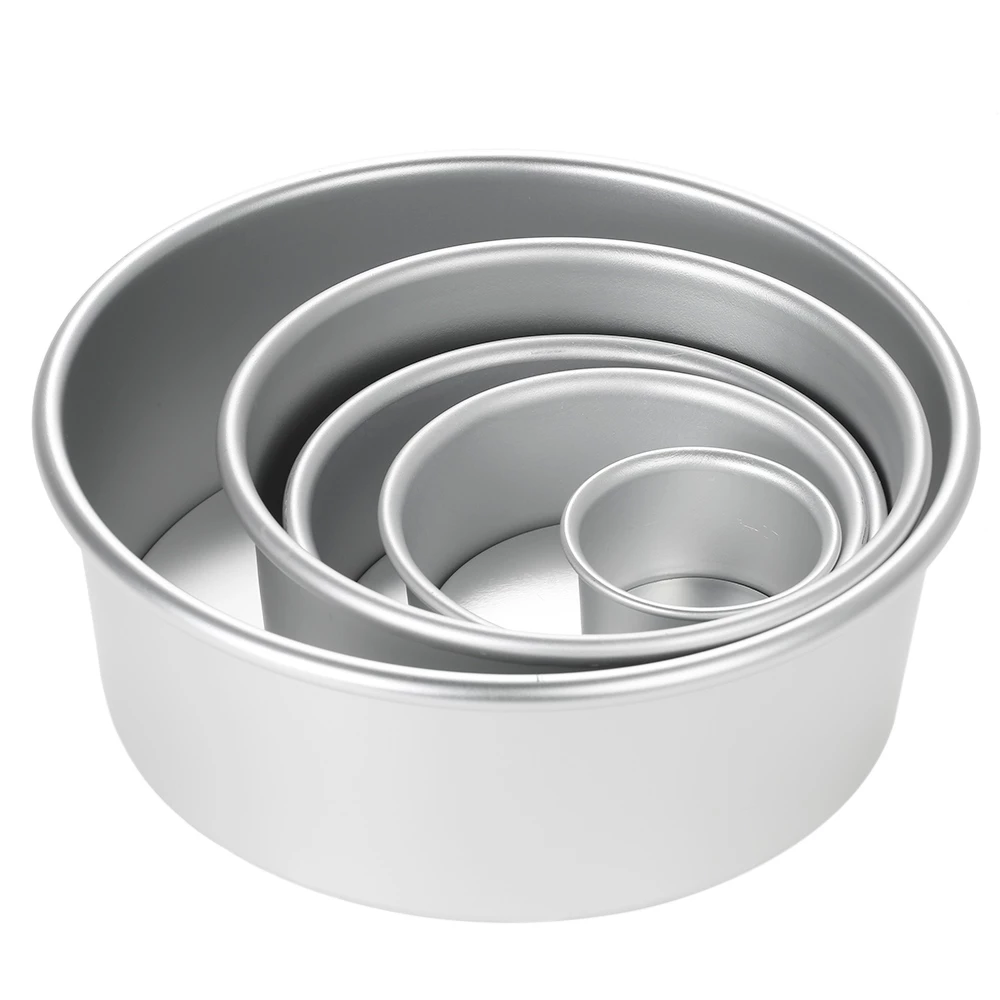
Rounding, also known as edge rounding or radiusing, is a finishing process used to smooth sharp edges and corners on metal parts. This process is essential for improving safety, enhancing aesthetics, and ensuring proper functionality of the parts, especially in applications where handling and contact with personnel or other components are involved.
Purpose and Benefits of Rounding:
- Safety: Rounded edges reduce the risk of injuries during handling, assembly, or use by eliminating sharp points or edges that could cause cuts or abrasions.
- Aesthetics: Smooth, rounded edges enhance the appearance of metal parts, making them more visually appealing and professional in finished products.
- Functionality: Rounding can improve the performance of parts by reducing stress concentrations at corners, which can extend the service life of components subjected to cyclic loading or wear.
Methods of Rounding:
- Manual Methods: Hand tools such as files, deburring tools with radiused edges, or abrasive pads can be used for small-scale rounding operations on accessible edges and corners.
- Machine Rounding: Automated edge rounding machines or dedicated deburring machines equipped with specialized tools can efficiently round edges and corners of larger or complex-shaped parts.
- Tumbling Processes: Vibratory or centrifugal tumbling machines using abrasive media (e.g., ceramic or plastic pellets) can uniformly round edges of multiple parts simultaneously. This method is effective for small to medium-sized parts with consistent edge profiles.
Considerations for Rounding:
- Part Geometry: The shape and size of the part influence the choice of rounding method. Complex geometries may require specialized equipment or multiple processes to achieve uniform rounding.
- Material Compatibility: Different metals (e.g., aluminum, stainless steel, titanium) and alloys have varying hardness and machinability characteristics, which may affect the choice of rounding tools and methods.
- Surface Finish Requirements: Rounding should maintain or improve the overall surface finish of the part, ensuring it meets functional and aesthetic specifications.
Applications of Rounding:
- Consumer Products: Rounding is crucial in industries such as furniture manufacturing, where rounded edges on metal components improve safety and user comfort.
- Automotive and Aerospace: Parts like brackets, panels, and housings benefit from rounded edges to prevent injuries during assembly and maintenance operations.
- Medical Devices: Ensuring smooth, rounded edges on surgical instruments and equipment enhances patient safety and ease of handling.
Rounding plays a vital role in enhancing the usability, safety, and appearance of metal parts across various industries, contributing to overall product quality and customer satisfaction.
